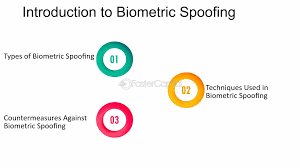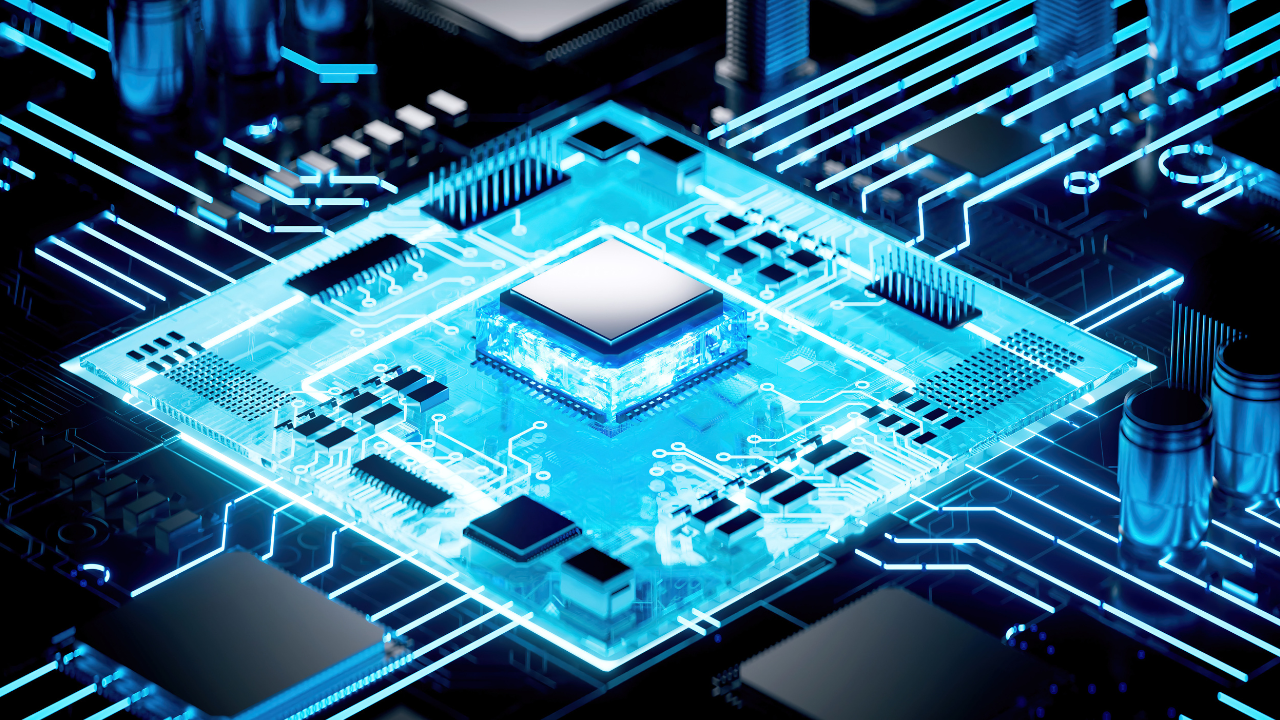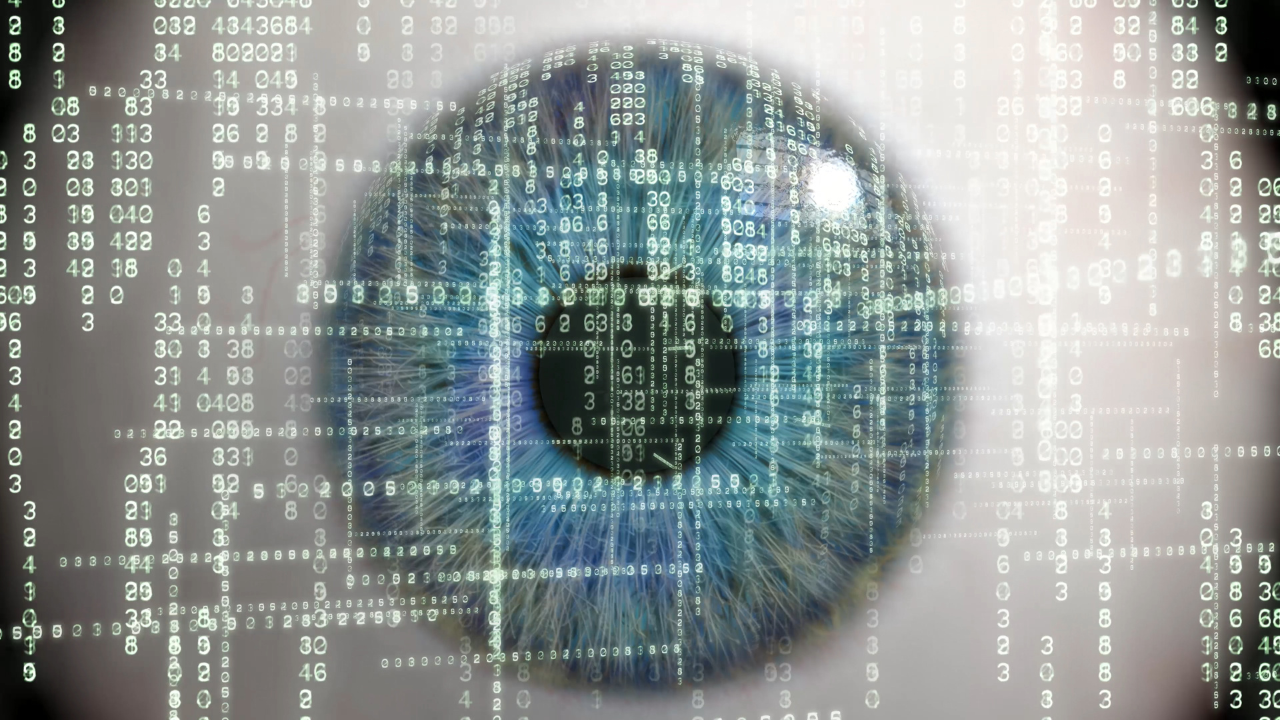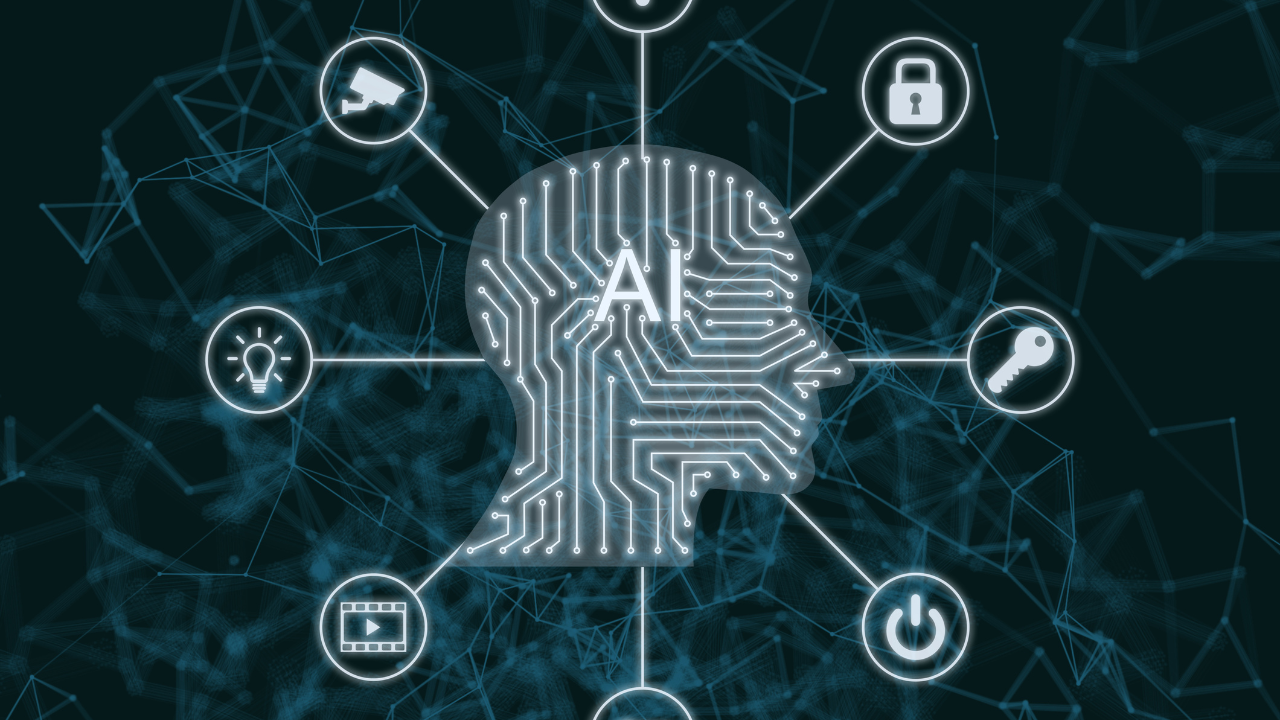



Biometric spoofing (or biometric presentation attack) is the act of deceiving a biometric system by presenting fake or altered biometric traits to gain unauthorized access.
| Biometric | Spoofing Technique |
|---|---|
| Fingerprint | Silicone molds, 3D-printed fingers |
| Face | Photos, videos, 3D masks, deepfakes |
| Iris | Printed images of irises |
| Voice | Audio recordings, synthetic speech, voice cloning |
| Vein | Fake or manipulated vein patterns |
| Behavioral | Imitating typing rhythm or mouse movement |
Biometrics are often used for:
Smartphone and app security
Border and airport screening
Banking and payments
National ID and healthcare
But unlike passwords, biometrics can't be changed if compromised.
The attacker physically presents a fake biometric trait (e.g., mask, mold).
Reusing recorded biometric data (e.g., a photo or audio file).
Using AI to synthesize realistic biometric data (e.g., deepfakes, voice clones).
Bypassing sensors or manipulating biometric processing software.
Verifies that the biometric trait is from a live person, not a replica.
| Method | Description |
|---|---|
| Passive Liveness | Detects signs like skin texture, lighting, eye movement, depth without user interaction. |
| Active Liveness | Prompts the user to blink, move, or speak. |
| 3D Sensing | Uses depth data to ensure real presence (e.g., Face ID with IR camera). |
| Thermal Imaging | Verifies natural body heat (especially for face or fingerprint). |
Use two or more biometric traits together (e.g., face + voice, fingerprint + iris).
Harder to spoof multiple traits simultaneously.
Secure Enclaves / Trusted Execution Environments (TEE)
Sensor anti-spoof firmware
Tamper-resistant readers
Machine learning to detect subtle anomalies in fake vs. real biometric data.
Constant model updates to adapt to new spoofing techniques.
Use dynamic thresholds for acceptance based on environmental risk factors (e.g., location, device, user behavior).
Face Anti-Spoofing Benchmarks: CASIA-FASD, MSU MFSD, CelebA-Spoof
DeepFake Detection: Microsoft's DeepFake detector, Google’s FaceForensics++
Open-source frameworks:
| Incident | Description |
|---|---|
| Samsung Galaxy S10 (2019) | Fooled by 3D-printed fingerprints |
| Face Unlock Systems | Some devices unlocked using photos or videos |
| Banking Apps (Face/Voice login) | Bypassed via deepfake and audio replay attacks |
| China AI Surveillance (2019) | Facial recognition systems fooled with printed masks during protests |
Continuous Authentication: Behavioral biometrics and real-time verification throughout sessions.
Privacy-preserving Biometrics: Homomorphic encryption, federated learning, cancelable biometrics.
Post-Quantum Secure Biometrics: Resilient to quantum computing threats.
Explainable AI (XAI) for biometric decision transparency.
| Spoofing is evolving fast — but so are the defenses. |
|---|
| Biometric systems must go beyond just matching traits. They must verify life, context, and behavior — all in real time. |
Would you like:
📊 A slide deck on biometric spoofing types + defenses?
🔬 A deep dive into liveness detection tech?
🧱 A guide for implementing anti-spoofing in mobile apps or enterprise systems?
Just let me know your use case or audience (e.g., developers, policymakers, security teams), and I can tailor it!
#trending #latest

University Internships That Help You Get a Job After Graduation... Read More.

Is It Smarter to Start at a Community College... Read More.
 Fake posts hit Czech PM Fiala's X
Fake posts hit Czech PM Fiala's X
Fake posts disrupt Czech PM Fiala's X account security
 Switzerland Tightens Export Rules
Switzerland Tightens Export Rules
Switzerland expands export controls on dual-use goods
 Google unveils Ironwood AI chip
Google unveils Ironwood AI chip
Google introduces Ironwood chip to accelerate AI tasks & apps
 TSMC Q1 revenue up 42%
TSMC Q1 revenue up 42%
TSMC sees 42% revenue surge in Q1, surpassing forecasts
 Amazon CEO Outlines AI Vision
Amazon CEO Outlines AI Vision
Amazon CEO reveals AI investment plans in new letter
 Osaka Hosts World Expo 2025
Osaka Hosts World Expo 2025
Japan blends tech and culture at Osaka Expo 2025 launch
 A16z Plans Big Bet on AI Startup
A16z Plans Big Bet on AI Startup
A16z may lead huge round in ex-OpenAI CTO’s new AI firm.
© MyEduGoal. All Rights Reserved. Design by markaziasolutions.com